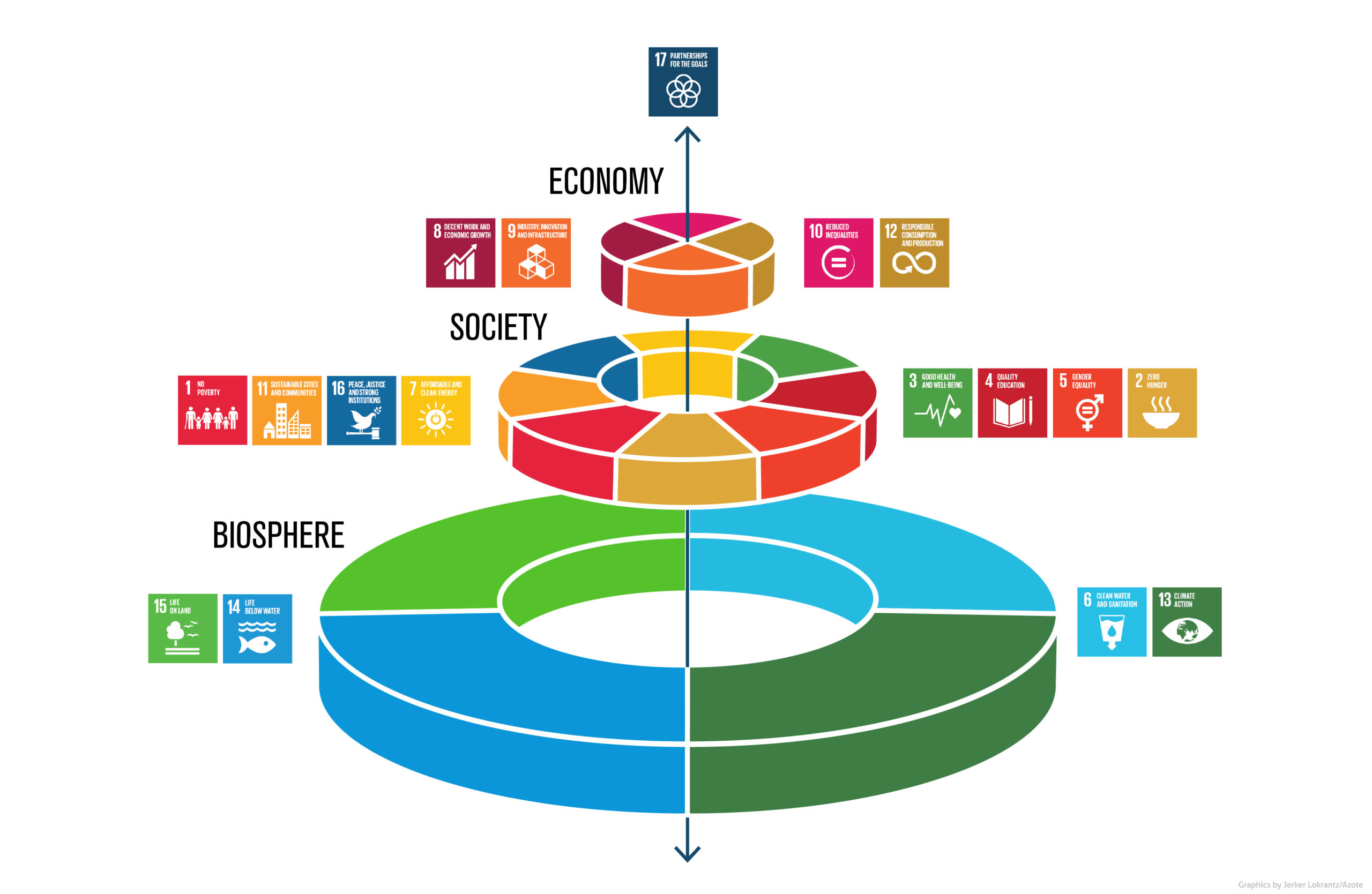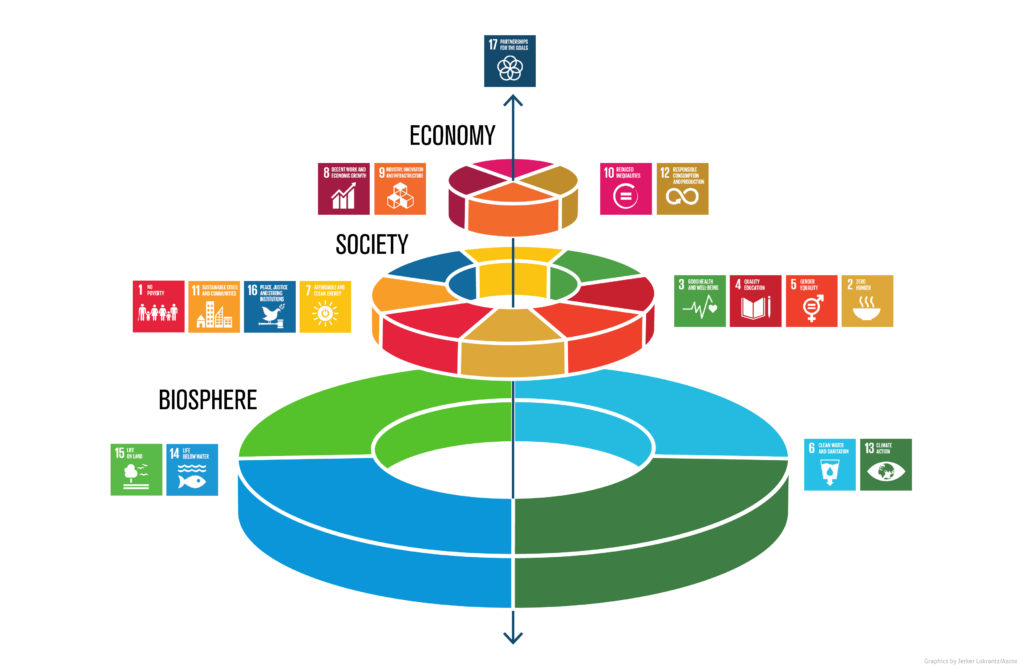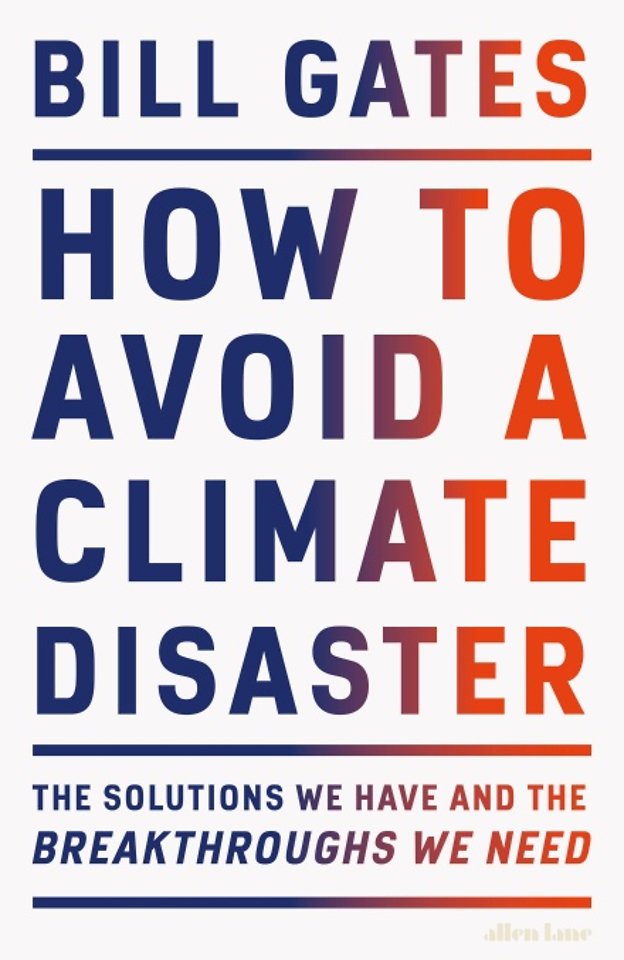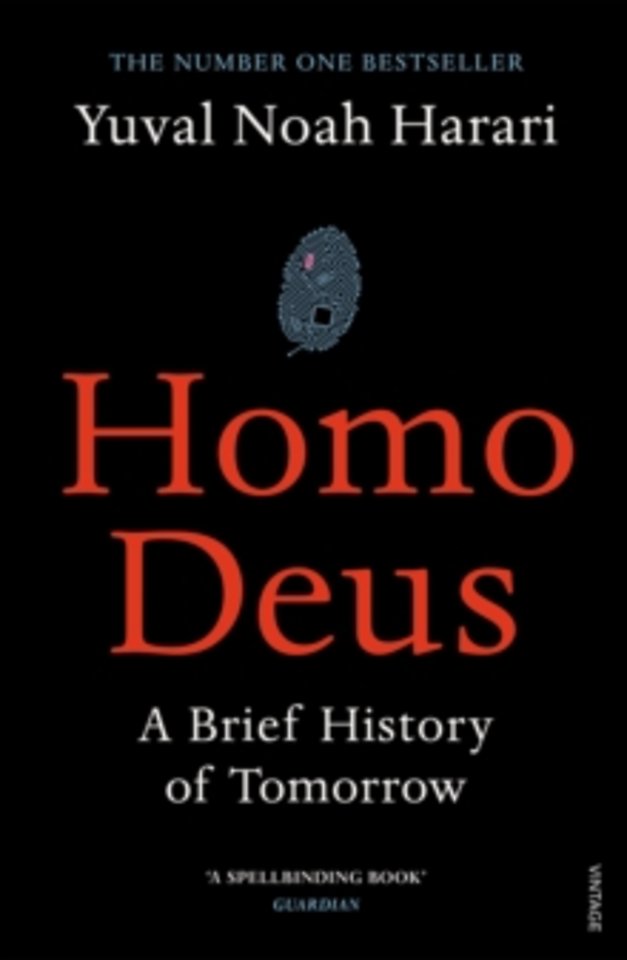
WHAT DOES SUSTAINABILITY MEAN
What you can do to help build a Sustainable Future
Sustainability and Sustainable Development mean different things to different people. That has become very clear to me over the past year working with people in different continents and cultures. The experience itself has been very humbling and educational. Let’s unpack the concept of Sustainable Development to learn what you can do to contribute to a Sustainable Future.
It is all a matter of cultural perspective. The bottom line is that all of us are looking at Sustainable Development through the lens of the local context and situation we’re in. In education sustainability could mean teaching about the ability to imagine possible futures. In Australia the meaning of sustainability is often linked with climate change. But sustainability means so much more than that, because it could also include how we look at society and the economy. In the built environment, for example sustainability is more than just putting solar panels on top of a building. It could include affordable (social) housing or the transition towards a circular economy.
What is the difference between sustainable development and sustainability?
The concept of Sustainability is related to a long-term goal. The goal to achieve a sustainable future for humanity for example. The meaning of Sustainable Development refers to the journey to achieve sustainability. The concept of Sustainable Development was first described by the World Commission on the Environment led by Gro Harlem Brundtland in 1987 as:
“Development that meets the needs of the present without compromising the ability of future generations to meet their own needs.”
Depending on where you live and your professional background sustainability could mean different things like sustainable (regenerative) agriculture, sustainable (or circular) production and consumption, good government and education and training.
In the context of a business environment a business can aspire to become a sustainable business. Setting Objective Key Results (OKR), with a set of Key Performance Indicators (KPI) each can help teams align their daily efforts with the longer term goals of a business.
Dimensions of Sustainable Development
The Sustainable Development Goals, introduced by the United Nations in 2015 consist of four, intertwined (not seperate) dimensions. I will use this “wedding cake” image below, developed by the Stockholm University, to explain how the Sustainable Development Goals help to move towards a sustainable future for all.
The first dimension is the Biosphere, or the environment. There is only one Earth. We’re using far more of Earth’s resources as nature can regenerate. It currently takes 1,6 earths, according to the Footprint network. We can’t live, eat and work here with 8 billion people if we keep using more than we can regenerate. It is just a dead end road. No food, no life. We have to make sure we take care of our natural resources on land and in the oceans.
The second dimension is Society. We have to link individual development to collective human development. The Human Development Report takes into account this related view of development and annually reports the Human Development Index. Thirdly, we look at the Economy and economic development. Partnerships and the ability to collaborate, Leaving No-one Behind (LNOB) and Breaking Down the Silo’s (BDTS) between the sectors can help us achieve the transition towards a sustainable future. This is the fourth dimension: Culture.

Three individual steps towards a collective sustainable future
Research tells us that someone can only change one habit every three months (90 days). We have to accept change doesn’t go very fast and it takes serious effort. Behavioural change comes in three steps: 1) test and gain your current knowledge, 2) Learn and improve you knowledge, 3) take action. First of all you can test your knowledge on the subject. Reading can be a good way to gain extra understanding and knowledge. If you don’t like reading you can listen to podcasts or watch documentaries on Netflix. I have included three (e)books that I recommend you to read. Remember, there is a huge secondhand book market out there that can help you minimise your footprint.
The four levels of action
Now let’s see how you can contribute to building a sustainable future. There are many tools you can use. A good way to start your journey is here with the United Nations’ Lazy Person’s Guide to Saving the world. Let me give you some examples:
- Things you can do from your couch
- Calculate your footprint here
- Stop receiving printed bankstatements and invoices
- Take a 2-minute poll on What sustainable Development means to you
- With your mobile phone in your hand share this blog (or any other blog on the subject) and inform others
- Things you can do at home
- Install led lights and turn them off as often as you can
- Recycle paper
- Minimise (food)waste
- Save water by reducing the time in the shower (especially when you have kids in the age between 14 – 18 like I do)
- Things you can do outside your house
- Use the bus, train and bike more often than your (petrol) car
- Shop local and shop smart (plan for a week ahead)
- Get yourself a Dopper (or any other refillable water bottle)
- STOP buying bottled water, start drinking tabwater, unless you live or travel to areas where tabwater isn’t drinkable
- Things you can do at work
- Start the conversation on Sustainable Development
- Behave at work like you would do at home. Turn off lights and install led.
- If you’re a manager or business owner, make sure to pay fair wages and treat people equally
- Make sure to have a purpose that is inclusive for People, Planet, Prosperity and Partnership
- Support your local community
- Purchase sustainably and inform your supply chain (even solopreneurs and SME’s have them!)
- Keep an eye on SDG Align (the business I work for) and the work they do on building tools for Sustainable Development
Books to read about Sustainability
There are a couple of books I can really recommend. The First book: The Ecology of Commerce is the 2010 reprint of the original 1994 edition by Paul Hawken. If you’re a business owner or you want to become I really recommend you to read it. It really gives you the foundation of Doing Business for Good is Good for Business concept.
The second book, Homo Deus by Yuval Noah Harari is about the future of Human Development in the Anthropocene. The belief in God to explain the world around us is replaced by the belief in science, technology and economical growth. Moving forward we really need to start acting to make sure we have a future for humanity.
The third book I would recommend is, How to avoid a climate crisis by Bill Gates. The book gives you a good high-level overview of what it takes to reduce 50 billion tons of Gas House Emissions to zero.
To conclude
Sustainable Development is the pathway that leads to sustainability. However, sustainability means different things to different people. It depends on the context you live and work in. Try to be as open as possible when you start your Sustainable Development journey and make sure to create a common understanding first with the people you work with. Educate yourself, take positive action and spread the word by inspiring others to make a positive contribution towards a sustainable future!


